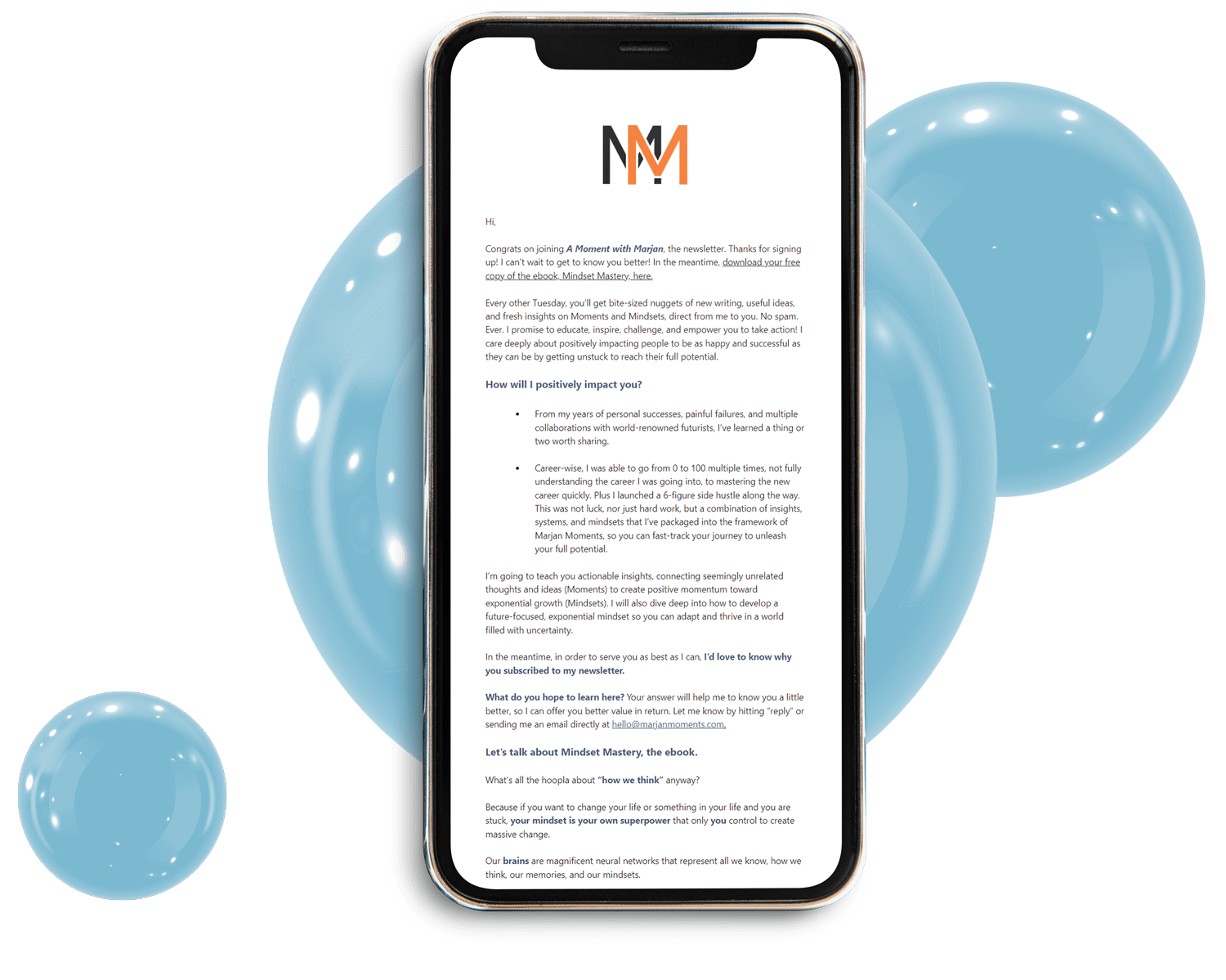Managing Uncertainty While Transforming Your Business

Are you feeling a little on edge lately?
With rapid technological advancements, economic shifts, and the rise of AI tools like natural language processing, it’s no surprise that uncertainty is at an all-time high.
If you’re feeling overwhelmed, you’re not alone. Our brains are hardwired to respond to perceived threats, thanks to the amygdala, the almond-shaped mass of neurons responsible for triggering fear and self-preservation.
While this ancient survival mechanism helped our ancestors escape danger, today it often works against us—especially in business leadership. In times of uncertainty, leaders must learn how to manage their amygdala’s response to fear, ensuring it doesn’t hinder decision-making, innovation, and digital transformation.
How Uncertainty Affects Business Decision-Making
Recognizing when your amygdala is taking over can help you navigate uncertainty more effectively. Here are three common ways fear manifests in leadership, particularly during digital transformation:
1. Fear of Failure
Leaders driving digital transformation often fear failure, leading to risk aversion and missed opportunities. The higher up the corporate ladder, the more likely executives hesitate to take bold steps—unless there’s a clear mandate from the CEO. This hesitation can slow progress and stifle innovation.
2. Conflict Avoidance
Successful digital transformation requires open communication and collaboration. However, executives who avoid difficult conversations can unintentionally create siloed departments and a lack of transparency, hindering progress.
3. Resistance to Change
Many leaders cling to traditional processes, fearing the uncertainty that comes with change. Organizations that resist adaptation risk falling behind competitors and missing out on growth opportunities.
These responses are symptoms of a fixed mindset, which the amygdala reinforces by reacting defensively to uncertainty.
How to Manage Your Amygdala and Lead Through Uncertainty
To navigate uncertainty and drive successful transformation, leaders must retrain their brain to manage fear-based reactions. Here’s how:
1. Reframe Negative Thoughts
Challenge limiting beliefs by shifting your mindset. Instead of viewing change as a threat, see it as an opportunity for growth. Ask yourself: What if this works? What could be possible if we embrace this shift?
2. Foster Open Communication
Encourage constructive dialogue within your team. Establish a culture where feedback is valued, and conflicting ideas lead to innovation rather than avoidance.
3. Embrace Change Proactively
Recognize that transformation is inevitable. The most successful leaders are those who adapt quickly, experiment with new strategies, and remain open to evolving technologies.
Simple Tips for Managing Fear and Encouraging Innovation
- In Team Meetings: If someone dismisses an idea by saying, “We tried that before, and it didn’t work,” ask them to provide clear reasons why it failed and whether current technology or conditions have changed.
- Personal Mindset Hack: When you notice fear or hesitation creeping in, pause and say, “Hmmm, isn’t that interesting?” This simple phrase disrupts the automatic fear response and allows you to regain control.
Final Thoughts
The world is evolving faster than ever, and businesses must adapt to keep pace. While we can’t stop change, we can manage our emotional responses to it.
By understanding the amygdala’s role in decision-making, recognizing fear-based reactions, and shifting towards growth-oriented leadership, we can embrace uncertainty, drive innovation, and lead businesses successfully into the future.
Take Action Today:
- How is fear impacting your business decisions?
- What small mindset shift can you make today to embrace change?
By Marjan Mohsenin,
Founder, Marjan Moments
